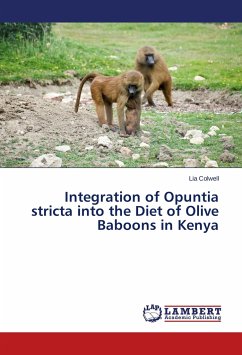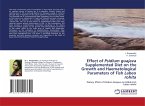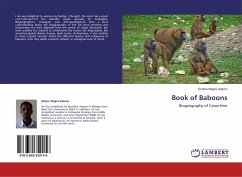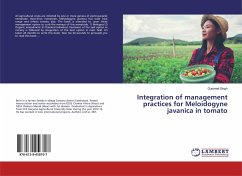Wild free ranging baboons in Mukugodo Division, Kenya have started in recent years to incorporate Opuntia stricta into their diets. Between August 2011 and February 2012 the contribution of Opuntia on foraging strategies was investigated for one habituated olive baboon troop. A breakdown of monthly feeding patterns was analyzed for variation in overall foraging behaviors and variation between adult male and female baboons. Grass and herb species were eaten the most overall, followed by Opuntia fruits. The rate of Opuntia fruits eaten per minute was significantly inversely correlated with grass and herb species. Males and females both preferred ripe fruits. Males ate more Opuntia fruits than females while females spent more time on herb layer. This study adds to an understanding of the impact of new, energy-rich foods on the dynamics of diet and foraging behavior. It also contributes to how baboons construct foraging strategies as Opuntia continues to alter the landscape.








